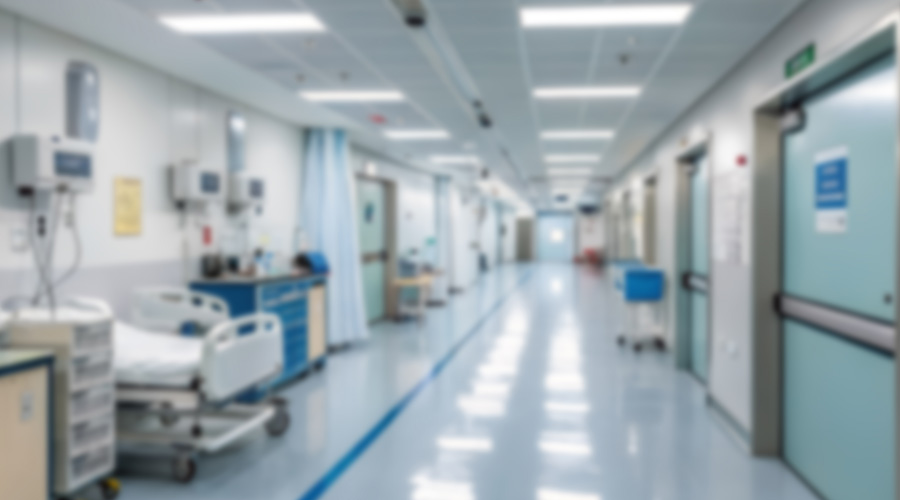From hurricanes and floods to droughts and wildfires, healthcare facilities nationwide are coping with the mounting impacts of climate change. For managers in these facilities, the challenge is finding and incorporating strategies and tactics into their operations that will make facilities and supply chains more resilient. The federal government recently released a resource that is likely to offer managers guidance they can use in planning their organizations’ next moves toward resilience.
The U.S. General Services Administration (GSA) recently published its Climate Change Risk Management Plan in conjunction with 20 other agencies, and the White House Council on Environmental Quality. The Biden-Harris Administration has prioritized the revitalization of federal agency climate adaptation and resilience planning efforts.
The GSA plan outlines actions that can help facilities adapt to the impacts of climate change, such as sea-level rise and increasing extreme weather events, and minimize the risks of a changing climate, such as increasing costs due to damaged buildings and supply chains. The plan is designed to integrate into GSA’s enterprise risk management activities, ensuring climate risk oversight is a part of the agency’s established processes.
GSA’s plan defines the agency’s top vulnerabilities to climate change: real property, information and communications technology supply chains, water and wastewater utilities, transportation and transit access, and global supply chains and their infrastructure. The plan lays out GSA strategies and actions to embed climate risk management practices into the agency’s operations. Examples include:
- Develop criteria and metrics to consider environmental justice in real property, services, and supply business decisions.
- Use climate science to partner with GSA customers on climate-ready facilities, products and services to achieve their missions in a changing climate.
- Compile building elevation data across GSA’s portfolio to assess flooding risks and integrate this data into information systems and asset business planning processes.
- Integrate considerations for the financial effects of the physical and transition risks of climate change into formal agency decision-making processes.
- Enhance GSA’s Building Assessment Tool to identify, quantify and prioritize climate change risks and liabilities.
- Review government-wide telecommunications and information technology acquisitions $100 million and greater to ensure climate risk is addressed in their supply chains.

 Contaminants Under Foot: A Closer Look at Patient Room Floors
Contaminants Under Foot: A Closer Look at Patient Room Floors Power Outages Largely Driven by Extreme Weather Events
Power Outages Largely Driven by Extreme Weather Events Nemours Children's Health Opens New Moseley Foundation Institute Hospital
Nemours Children's Health Opens New Moseley Foundation Institute Hospital Code Compliance Isn't Enough for Healthcare Resilience
Code Compliance Isn't Enough for Healthcare Resilience Ribbon Cutting Marks First Phase Completion for New Montefiore Einstein Facility
Ribbon Cutting Marks First Phase Completion for New Montefiore Einstein Facility